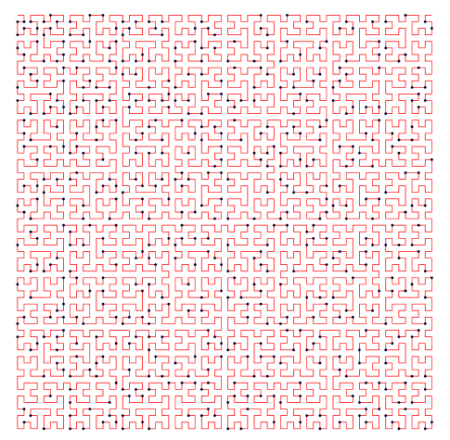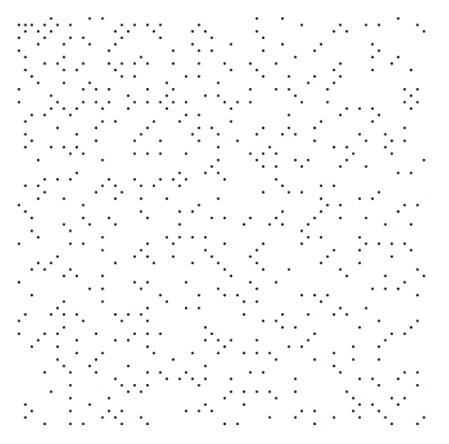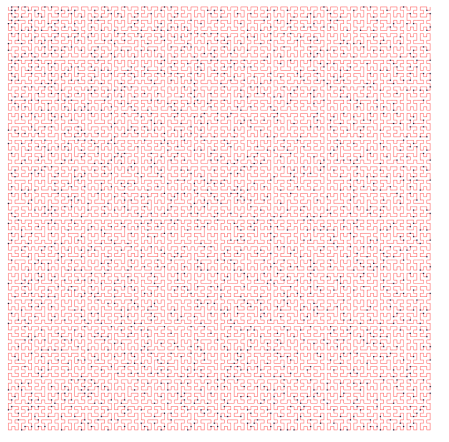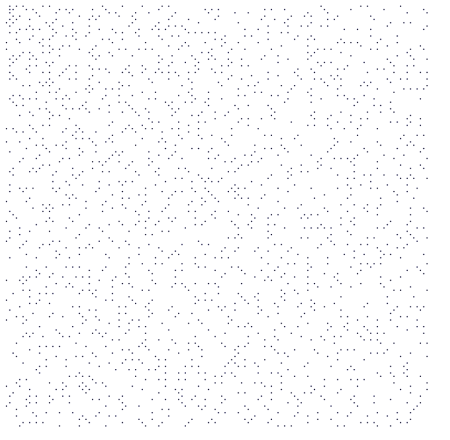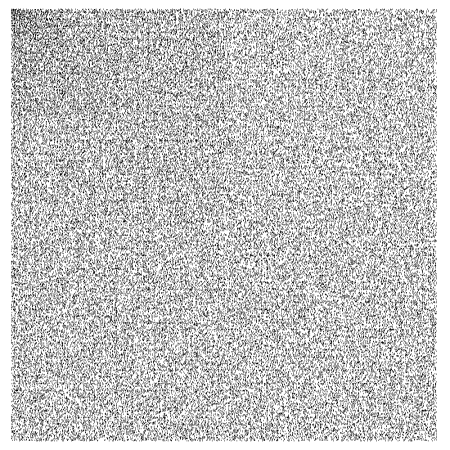Aux USA, il existe des structures pour permettre à des lycéens de faire de la recherche en mathématiques, un sujet que j’ai déjà évoqué sur Images des Mathématiques.
La revue Notices de l’American Mathematical Society, dans son numéro de septembre 2015, publie une interview de trois chercheurs qui sont à l’origine du programme PRIMES qui a lieu au célèbre MIT à Boston. Comme ils le disent en introduction :
Every year we receive numerous questions about our program from prospective students and their parents and also from academics who want to organize a similar program. Here we’d like to answer some of these questions, to share our experience, and to tell a wider mathematical community how such a seemingly impossible thing as mathematical research in high school can actually be done.
Traduction rapide de votre serviteur :
Chaque année nous recevons beaucoup de questions à propos de notre programme de la part d’élèves intéressés et de leurs parents et aussi d’universitaires qui veulent organiser un programme similaire. Ici nous voudrions répondre à certaines de ces questions, partager notre expérience, et dire à une plus large communauté mathématique comment une chose qui paraît aussi impossible que de la recherche en mathématique au lycée peut en fait être effectuée.
Je recommande à toutes et à tous de le lire, pour chasser les idées reçues et voir à quel point il est possible pour des élèves doués de 16 ou 17 ans de publier des résultats d’excellent niveau. Et ce, sans qu’ils deviennent ensuite forcément des mathématiciennes ou mathématiciens, si ils préfèrent ensuite faire médecine ou une école d’ingénieur c’est très bien aussi.
Petits ajouts pour lire le texte avec profit:
- “eleventh-grade” correspond chez nous à la classe de Première (élèves de 16/17 ans donc), et “twelfth-grade” correspond à notre Terminale
- un des élèves cités en exemple dans le texte est Ravi Jagadeesan, auteur notamment d’un article présentant un nouvel invariant utile dans une des théories de Grothendieck qui est téléchargeable ici en pdf, article qui lui a rapporté une bourse de $50000 de l’Institut Davidson pour financer ses études supérieures. Et ce n’est pas son seul article.
- Pour toute une liste d’autres profils d’élèves avec leurs travaux, voyez cette page du site du programme PRIMES

